Point-and-shoot cameras, once thought to be relics of a bygone era, are making a noticeable comeback. While many tech enthusiasts long presumed that smartphone cameras would completely replace these compact devices, a growing niche of photographers is stumbling upon the unique benefits of point-and-shoot cameras. In this article, I check out why these lightweight cameras are once again capturing the interest of both casual users and photography buffs alike. Whether you’re a longtime fan or a newcomer curious about what makes these cameras tick, there’s plenty to consider.
A Glimpse into the Past
The history of point-and-shoot cameras is full of innovation and simplicity. In the days before digital cameras took over, these devices were prized for making photography accessible to everyone. They were easy to use and did not require fiddling with too many settings. Over the years, as digital technology advanced and more complex systems emerged, the humble point-and-shoot was pushed aside by its newer counterparts.
This warm, retro appeal is just one factor driving their comeback. Many enthusiasts look back fondly on simpler times when capturing a cherished moment was straightforward and uncomplicated.

The charm of a camera that delivered great photos without a barrage of options appeals to those who long for a return to basics. Nostalgia, combined with the modern improvements in technology, has allowed these cameras to remain relevant in a market saturated with high-tech equipment.
Historically, the evolution of photography was marked by a progression toward easier-to-use devices. With each generation, ease of operation was improved for the layperson, and the point-and-shoot played a crucial role in democratizing photography. This historical significance not only stokes nostalgia but also serves as a reminder of the timeless quality of great design.
Modern Tech Meets Classic Design
Modern point-and-shoot cameras combine the ease-of-use and straightforward design of older models with today’s advanced digital technology. Recent models feature high-quality sensors, refined lenses, and advanced image stabilization systems. They can now compete with many dedicated digital cameras in image quality and overall performance.
Cutting-edge improvements mean that these cameras now offer fast autofocus, auto-exposure correction, and ultra-compact builds that many smartphone cameras simply can’t match. Their design pays respect to the past while incorporating technology that appeals to today’s savvy user. This blend of retro aesthetics and modern features provides a practical yet stylish choice for users who want a camera that is both reliable and enjoyable to use.
The design ingenuity behind modern point-and-shoots is evident in how they have been reengineered. Manufacturers have taken great care to preserve the simplicity that made these cameras popular while integrating digital advancements such as smart scene recognition and enhanced low-light performance. The result is a product that feels both familiar and remarkably next-level cool in its capabilities.
Portability and Convenience on the Go
One of the biggest selling points of point-and-shoot cameras is their portability. Their small size makes them incredibly easy to carry, whether you’re on a weekend getaway, at a family outing, or simply enjoying a quick stroll through the city. This convenience allows users to capture spontaneous moments without the burden of heavy, complicated gear.
The lightweight design and compact dimensions mean that these cameras can easily fit into a pocket or a small bag. In addition, the quick start-up time ensures that you are ready to record life’s unexpected instances as they occur. For people who appreciate the need for mobility combined with quality, the point-and-shoot is a perfect companion.
Many photographers appreciate the simplicity and immediacy of point-and-shoot cameras. Their unpretentious design encourages users to simply focus on the moment rather than spend time setting up intricate equipment. This accessibility makes them a popular choice for both passionate hobbyists and those looking to experiment with photography for the first time.
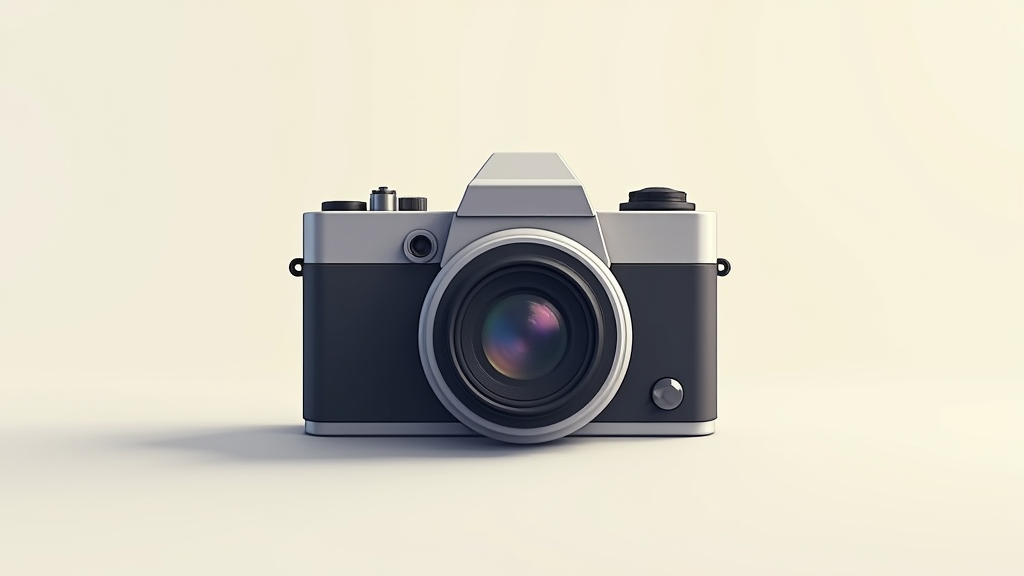
Affordability without Sacrificing Quality
Another reason for the resurgent interest in point-and-shoot cameras is their affordability. These cameras are generally far more budget-friendly than high-end DSLRs or mirrorless systems, making them an attractive option for those who want quality without a hefty price tag. Beginners and casual photographers especially find comfort in an option that does not demand a significant financial commitment.
Many models deliver excellent performance at only a fraction of the cost of more sophisticated gear. The straightforward design means fewer components that might break or require expensive repairs, keeping maintenance costs low over the long term. This economic and practical advantage ensures that quality photography isn’t reserved for only those with deep pockets.
Moreover, the cost-effectiveness of these cameras allows for experimentation without worry. Users can try out various settings and techniques without the fear of damaging an expensive piece of equipment. This affordability makes the point-and-shoot a perfect starting point for anyone looking to dip their toes into photography.
Ease of Use for Everyone
The straightforward design of point-and-shoot cameras is another key reason behind their renewed popularity. Unlike more complex systems that require maneuvering through multiple settings, these cameras are built for simplicity. You point and shoot, letting you concentrate on capturing the moment rather than getting bogged down with technical configurations.
This simplicity is especially attractive to those who have little or no experience with photography. The minimal setup encourages even the most hesitant user to experiment without any intimidation. By stripping away unnecessary functions, these cameras open the door to creative expression for people of all skill levels.

The intuitive layout of controls and automatic features ensures that you spend less time learning and more time clicking. This ease of use is one of the strongest selling points, drawing in new photographers and inspiring seasoned ones to reconnect with the fundamentals of capturing images.
A Distinctive Creative Expression
For many, a point-and-shoot camera is not merely a tool but a medium for creative expression. With far fewer options for manual adjustments, these cameras encourage users to think more critically about composition, lighting, and framing. The limitations inherent in the device often spark creative approaches that lead to unique, memorable photos.
Sometimes, when you aren’t overwhelmed by a host of adjustments, you naturally begin to focus on the very essence of a scene. This creative challenge pushes photographers to rely on instinct and grow their skills organically. The constraints can ultimately serve as a catalyst for artistic development.
This creative edge is particularly attractive to those who wish to differentiate themselves from the mass-produced images often seen in the digital world. By depending on the fundamentals of composition and natural light, users can produce photos that stand out for their simplicity and authenticity.
The Smartphone Camera Comparison
One might wonder why someone would opt for a point-and-shoot camera when nearly everyone has a smartphone with a seemingly advanced camera built-in. While smartphones offer exceptional convenience, they often come with limitations inherent to their design. Smartphone cameras are engineered primarily for quick snapshots rather than high-quality photography in a variety of conditions.
In contrast, point-and-shoot cameras are optimized specifically for capturing images. Their precision lenses and superior optical zoom capabilities offer a marked advantage in challenging lighting conditions or rapidly changing scenes. This difference in design philosophy often makes the difference between an average and a crisp, high-quality shot.
Additionally, the separation of your photography from your smartphone means fewer distractions. Without constant notifications or the temptation to multitask, you can fully immerse yourself in the creative process. This undivided attention to image making often results in more thoughtful and well-composed photographs.
Versatility Across Different Scenarios
Despite their compact build, point-and-shoot cameras are remarkably versatile. They effectively tackle a range of shooting scenarios, from sweeping landscapes and intimate portraits to action shots and low-light settings. The inclusion of intelligent scene recognition and enhanced image stabilization has broadened the scope of what these cameras can achieve.
This versatility makes them an attractive option for users who do not want to invest in multiple devices for different types of photography. Whether you are capturing a vibrant cityscape or a quiet moment in nature, the point-and-shoot adjusts seamlessly to the environment. Its all-in-one design allows you to be prepared for virtually any situation.
The adaptability of these cameras is one of their most appealing attributes. They are designed to handle both casual and challenging conditions with ease, ensuring that you always have a reliable tool on hand regardless of the scenario. Their compact size and robust feature set make them an indispensable asset for both daily use and adventurous trips.

Growing Community and Market Trends
The comeback of point-and-shoot cameras is not merely a product of technological improvements; it is also fueled by the growing community of enthusiasts surrounding them. Local photography clubs, online forums, and social media groups are all buzzing with discussions, tips, and shared experiences centered on these compact devices.
This passionate community plays a significant role in keeping the spirit of classic photography alive. By sharing hands-on experience, technical tips, and creative ideas, photographers from all walks of life help each other get a feel for the unique advantages of point-and-shoot cameras. This exchange of ideas has, in turn, spurred increased demand and broader market appeal.
Market trends indicate that consumers are increasingly seeking devices that offer both nostalgic appeal and modern functionality. The enthusiasm seen in community discussions not only validates the enduring popularity of these cameras but also drives manufacturers to continue refining and adding next-level cool features to keep pace with the evolving demands of photography lovers.
Practical Tips Before You Buy
If you’re considering jumping into the world of point-and-shoot cameras, there are several practical tips to help you choose the right model. First, take a moment to determine what features are most important to you. Are you primarily looking for simplicity and ease of use, or do you want a device that offers a delicate mix of manual control and automation?
Another helpful suggestion is to read user reviews and expert opinions. Hearing about real-world experiences can give you a clearer picture of what a particular model can do. Details such as battery life, zoom capacity, and overall ergonomics can be deciding factors in your final choice.
It isn’t just about owning a camera—it’s about finding a tool that fits seamlessly into your lifestyle and enhances your ability to capture life’s best moments.

Be sure to visit local stores if possible, and even rent a camera for a day outing to see if it aligns with your expectations. Check in with photography groups or online communities to ask for recommendations based on your specific needs.
Taking these steps can help you avoid potential buyer’s remorse and ensure that your new camera is a very important addition to your creative toolkit.
When shopping, consider the physical design and usability of the camera. Even minor differences in grip or button layout can make a significant difference when you’re out in the field. Paying attention to these details will make your transition to using a point-and-shoot both smooth and enjoyable.
To Wrap Things Up
Point-and-shoot cameras are experiencing a revival as they continue to offer a blend of simplicity, modern technology, and creative potential. Their ease of use and portability make them ideal for everyone from beginners to seasoned photographers. Even in a world where nearly everyone has access to high-quality smartphone cameras, the dedicated performance and distinct charm of these compact devices have managed to carve out their own niche.
Embracing a point-and-shoot camera might mean returning to the basics of photography—focusing on capturing the emotion and spontaneity of each moment rather than getting lost in endless technical settings and post-processing tweaks.
This simplicity can unlock creative opportunities that are often overlooked in more complicated systems. With each click, you might even find that your approach to photography is transformed, allowing you to appreciate the subtle nuances of light and composition in ways you never considered before.
Whether it is the nostalgic lure, the modern upgrades, or the clear-cut usability that draws you in, these cameras invite you to explore the art of photography from a fresh perspective. They serve as a reminder that sometimes, less is more.
As you weigh your options and consider your photographic goals, remember that the right camera can not only document your experiences but also enhance your creative journey. I would love to hear your thoughts on the resurgence of point-and-shoot cameras and which features you find the most appealing.
In wrapping up, it’s clear that point-and-shoot cameras have much to offer. With their combination of portability, affordability, and a design that encourages creative experimentation, they continue to prove their worth in today’s digital age.
Whether for capturing everyday moments or for those spontaneous adventures, these cameras remain an excellent choice for anyone looking to capture life as it unfolds.

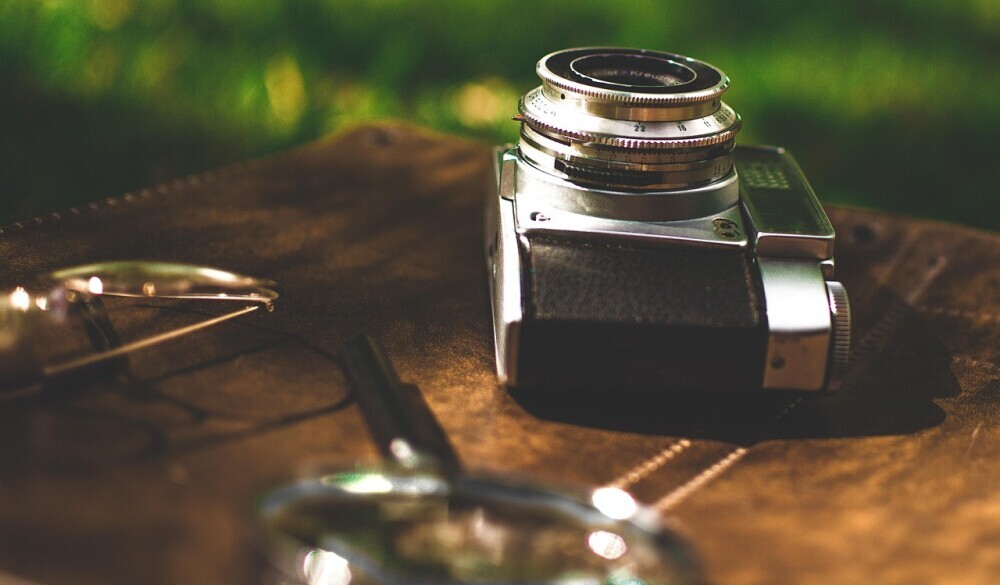
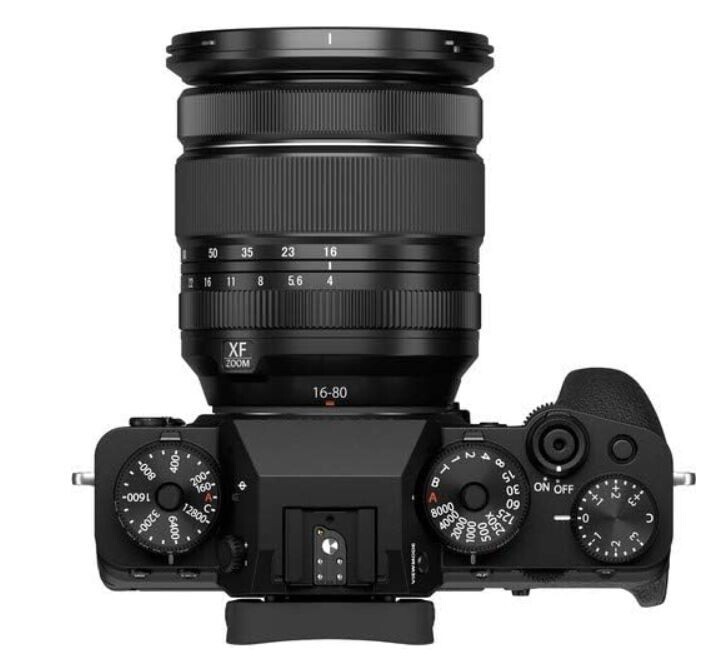
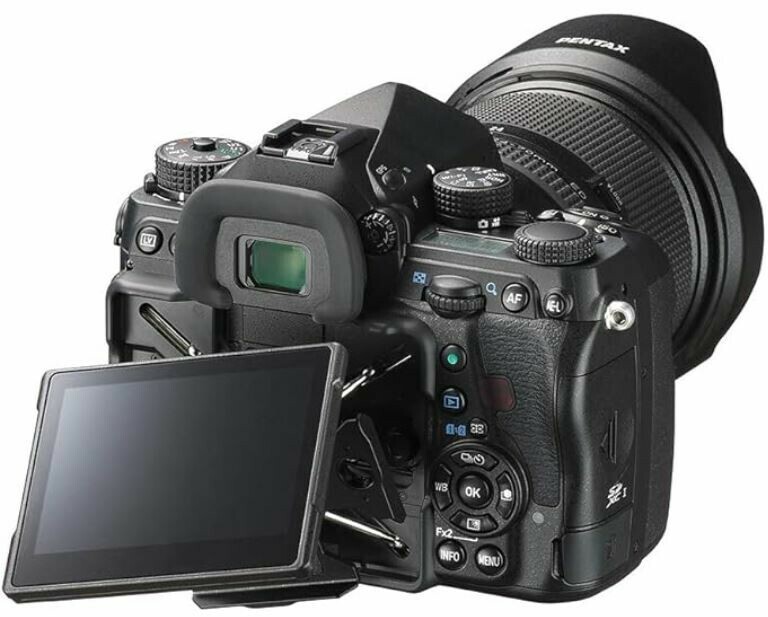
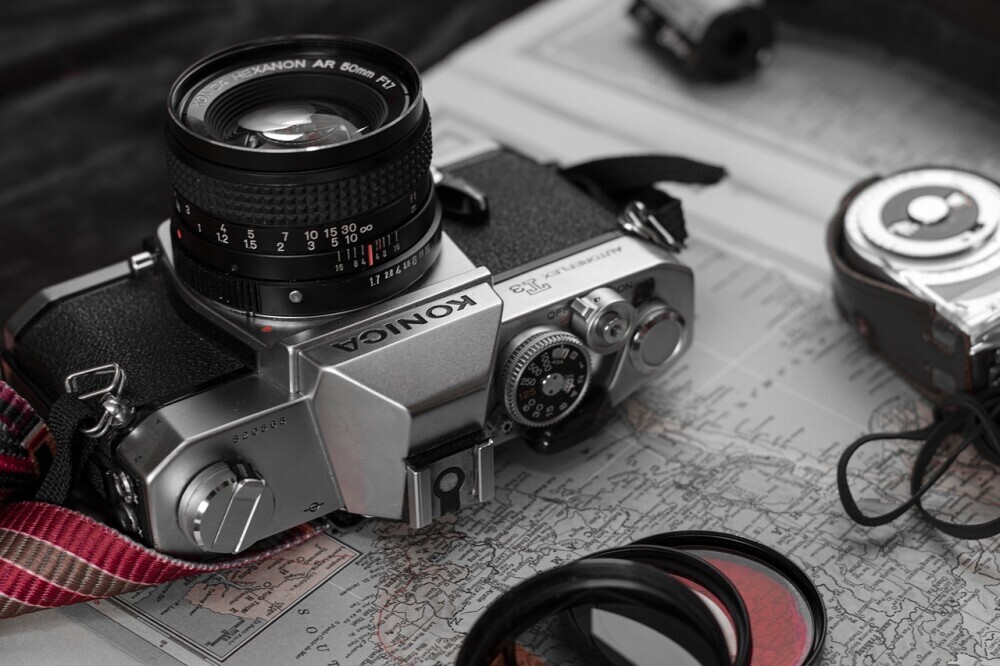
Okay, confession time—I totally thought my smartphone camera was the ultimate photography tool until reading this. ???? I mean, I just point, tap, and hope for the best, right? But now I feel like I’ve been missing out on a whole new level of photo-taking wizardry!
The idea of using a camera that doesn’t bombard me with notifications, emails, and random cat videos (which I definitely don’t spend too much time watching) sounds kind of refreshing. Plus, the whole “better zoom” thing really hit home—because let’s be honest, my phone’s zoom turns everything into a pixelated mess. ????
Now I’m actually curious—what’s a solid point-and-shoot option for someone who still takes photos like a total newbie but wants to pretend they know what they’re doing? ????????
Haha, I love this! ???? A dedicated camera definitely makes a difference—no distractions, way better zoom, and a more intentional photo-taking experience. If you’re looking for a solid point-and-shoot, the Canon PowerShot G7 X Mark III is a great option for beginners who want pro-level results without the learning curve. The Sony ZV-1 is another awesome choice, especially if you’re into video too. Time to level up from pixelated zoom!
That was a fantastic read! I love how you highlighted the nostalgia factor along with the modern tech advancements that make point-and-shoot cameras relevant again. There’s definitely something special about having a dedicated camera that allows you to focus on photography without the distractions of a smartphone.
Personally, I think the portability and ease of use are major selling points. Not everyone wants to carry around bulky DSLR gear, and sometimes, simplicity leads to the best shots. The affordability aspect is also a huge win—great quality without breaking the bank is always appealing.
I’m curious if you have personally switched back to a point-and-shoot camera or mainly use a smartphone for everyday photography. Also, do you think this resurgence is just a trend, or could it lead to long-term growth in the compact camera market?
Looking forward to hearing your thoughts!
Thank you for your response! There’s something special about using a dedicated camera without the distractions of a phone. I still use my smartphone for quick shots, but I’ve been reaching for a compact camera more often. I think this resurgence has real staying power, especially with the nostalgia factor and people wanting a more intentional photography experience. Have you switched back to a point-and-shoot, or do you still mostly use your phone?